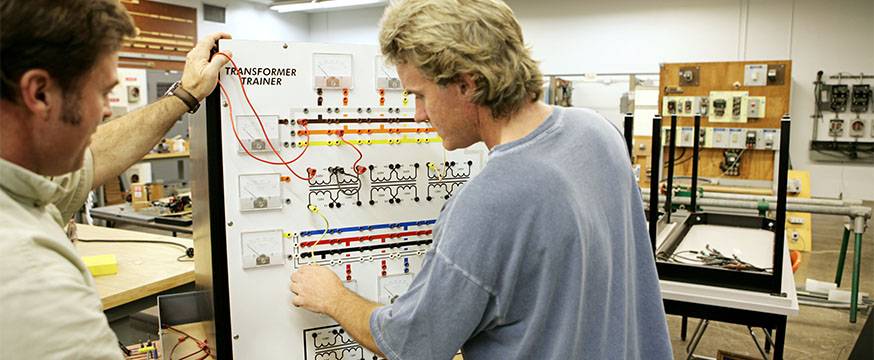
In the VET sector, professional learning is everyone’s business
Research 29 May 2015 3 minute readCapability analysis enables institutions to identify professional learning needs and the effectiveness of programs to address them, as Anne Dening explains.
The Productivity Commission in 2011 published a research report(citation needed) on the need for skills development of educators in the vocational education and training (VET) sector in response to a Council of Australian Government request for ‘impacts and benefits’ reports on reforms aimed at boosting productivity, increasing workforce participation. Since then, many TAFE institutions across Australia have been auditing the skill set of lecturing staff to identify their professional learning needs in order to better equip learners entering a rapidly changing workforce.
The Productivity Commission in 2011 identified the JMA Analytics capability analysis tools of the Australian Council for Educational Research as a useful starting point for identifying VET practitioners’ skills upgrades.
In planning for workforce development, staff from TAFE SA Regional Institute participated in two JMA Analytics self-rating surveys, VETCAT – which measures the teaching skills of VET practitioners – and CURCAT – which measures their use of 27 strategies to remain current with their industry.
One of 18 TAFE Institutes to use the surveys, TAFE SA Regional Institute – the largest provider of vocational education and training in regional South Australia, with 33 campuses and learning centres – conducted the VETCAT and CURCAT in 2010 and 2012, in order, first, to identify professional learning needs and, second, evaluate the strategies put in place to address them.
Since in 2012 the TAFE sector in SA was about to move into a radical restructure combining three TAFE Institutes into one, it was also important for TAFE SA Regional Institute staff to have data at the faculty and individual level that was as current as that for their metropolitan peers who had completed 2012 surveys.
The VETCAT and CURCAT surveys enabled TAFE SA Regional Institute senior management to develop a strategic framework for the delivery of professional learning for the teaching staff. Targeted skills gaps and developing strategic plans for professional learning and institutional improvement depends, first, on identifying those gaps and, second, evaluating the effectiveness of the program put in place to assist individuals and faculties to further their learning and improvement.
Analysis of the 2010 and 2012 VETCAT and CURCAT surveys showed a marked change in the profile of the staff, with the majority of staff transitioning from ‘foundation’ to ‘commercial specialisation’ or ‘advanced’ VET practitioners.
The VETCAT and CURCAT surveys enabled TAFE SA Regional Institute to develop a more strategic and planned approach to staff professional learning, in the process engineering a culture change. Professional learning at TAFE SA Regional Institute is now seen as essential, available equitably to everyone and was everyone’s business.
Find more information:
For more information on ACER’s JMA Analytics VETCAT and CURCAT, visit the capability analysis tools website.
This article draws on a paper presented by Anne Dening at the Australian VET Research Association (AVETRA) Conference on the Gold Coast in April 2014.
